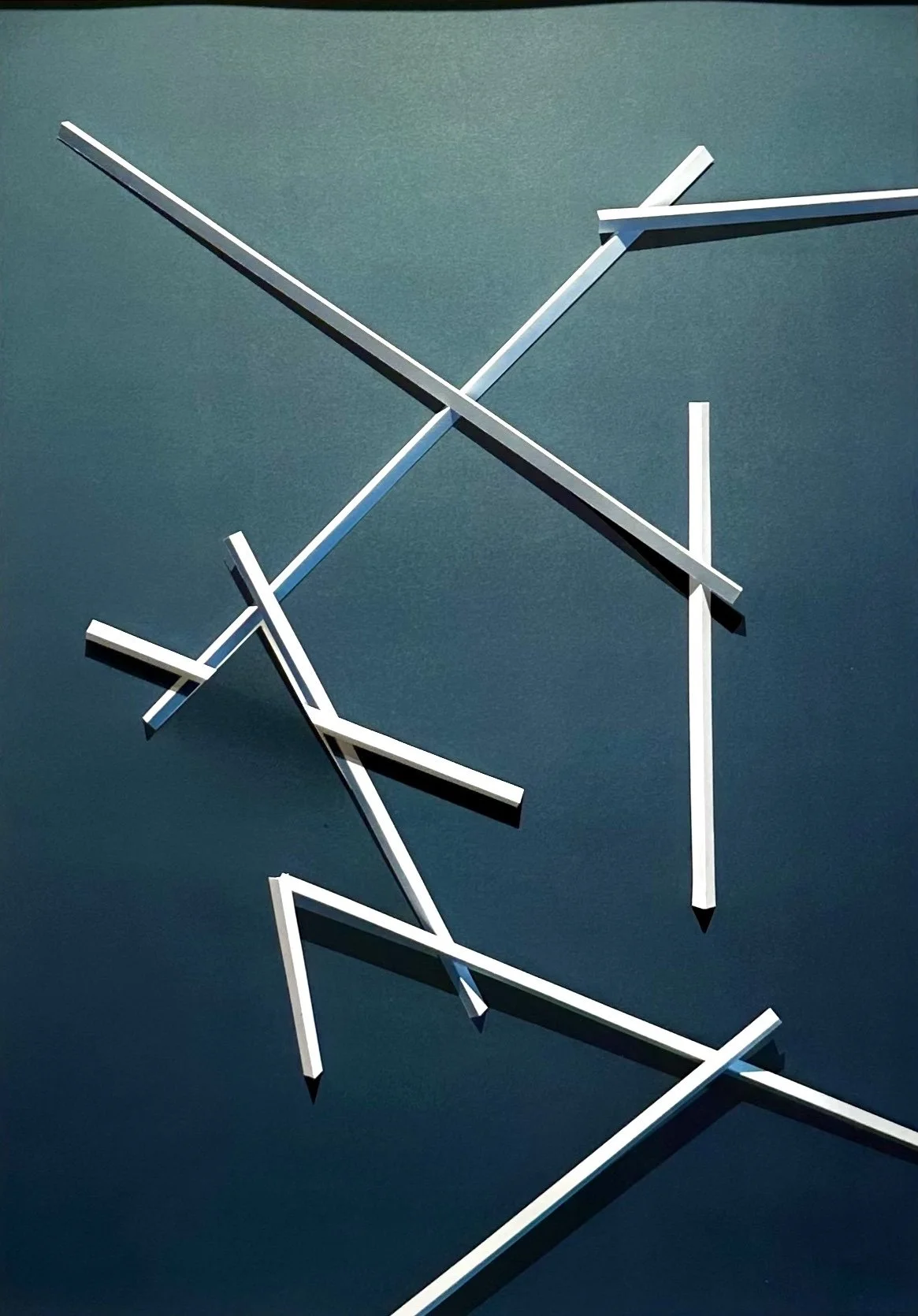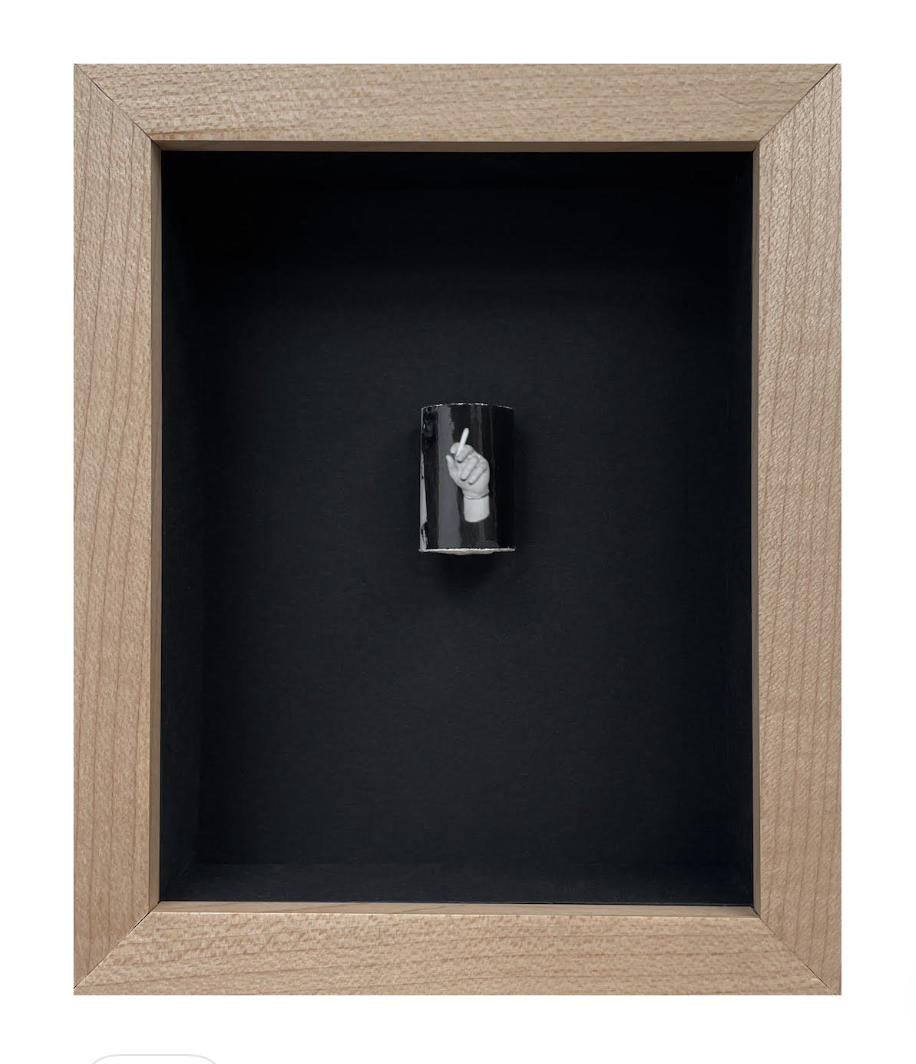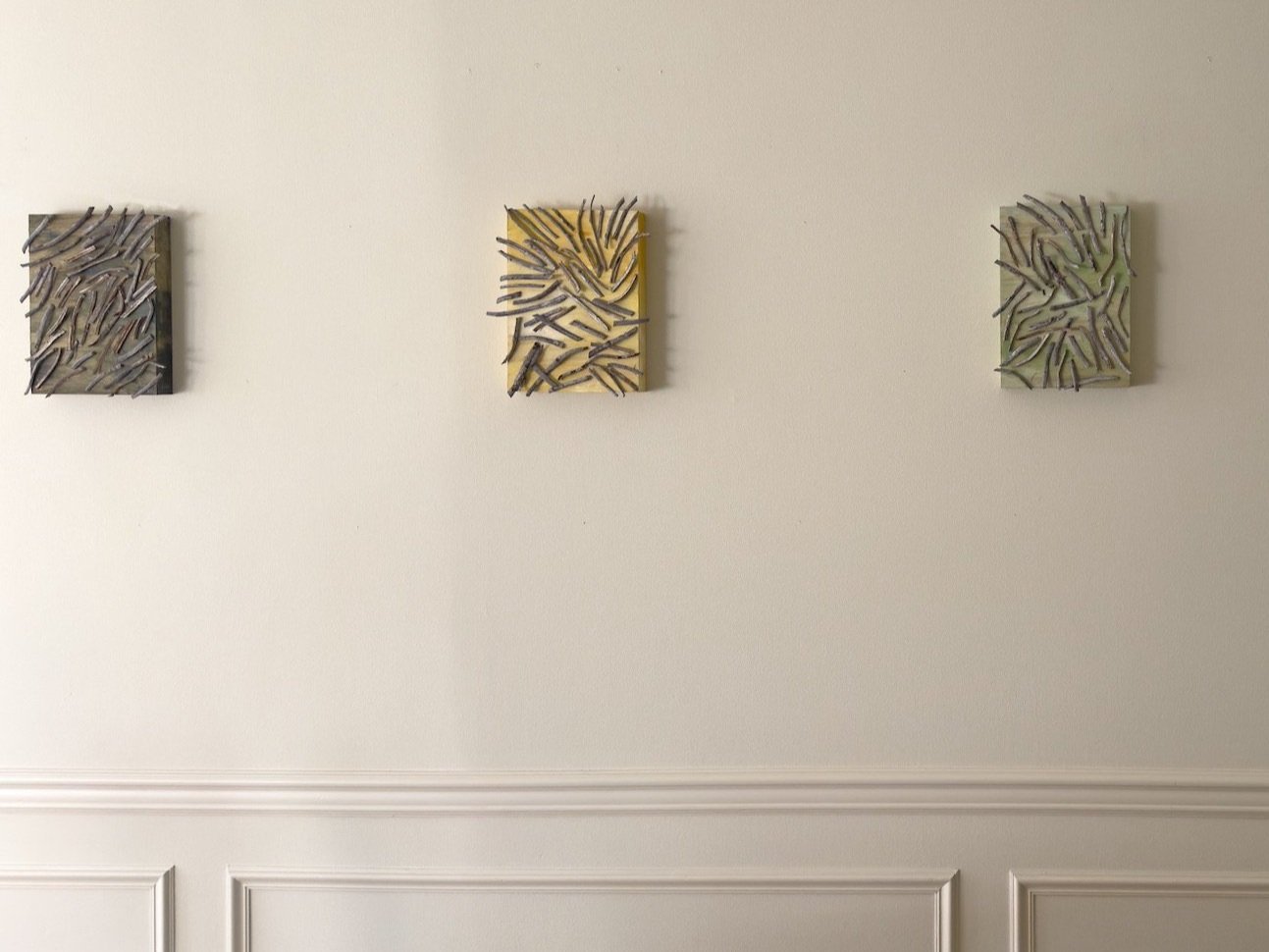AUDRA’S HIGHLIGHTS FROM THE PHOTOGRAPHY SHOW
The 2024 edition of The Photography Show presented by AIPAD was truly an exceptional fair. I saw some spectacular things and had some inspiring conversations about the art and the ideas behind these arresting images with the world-class galleries that participated as I prepared for a private VIP tour for new and established collectors.
A few general themes emerged as I perused the exceptional presentations: Vintage Travel, Contemporary Alternative Processes, Abstraction/light Studies, and, of course, some truly wonderful nudes that spanned the entire 200-year history of the photographic process.
Below are a few of my top highlights from a wonderful evening of celebrating the photographic image and old and new friends.
I love to encourage clients to collect at least some photography. As a science and as a visual record for the modern era, there really is no better vehicle for capturing the essence of the human experience and spirit of now. But, my primary focus on photography is that it is an area of art that we all have a lot of experience with.
Recent numbers suggest that collectively, we take 5.3 billion photos each day globally, and that we see thousands of images every day, making each of us a veritable bank of visual record, and masters (whether we feel that way or not) at deciphering and understanding photographic images.
I hope you enjoy these highlights as much as I did.
Warmest,
Audra
CASPER FAASSEN, Recollection Delft no. 5, 2024, Oil paint, color and white print on setasand, 35 x 25 cm, Edition of 5 plus 2 artist's proofs
watch an inspiring video about the artist’s process here.
At Grob Gallery, an exceptional collection of photographs by Constantin Brancusi almost overshadowed these astonishing, delicate distortions by the great constructivist photographer André Kertész.
“ ’I write with light,’ the artist once said of his work. In one of the medium’s longest and most productive careers, Kertész created a vast, lyrical narrative that helped shape the history of photography. He used the camera to question, record, and preserve his relationships to the world and to his art.”
© Cigdem Mirol
ANDRÉ KERTÉSZ, Distortion #166, 1932 - 1933, Printed c. 1932-1933, Vintage Silver Gelatin Print, 19,1 x 11,4 cm
This photograph was a highlight of my evening, capturing a particular vulnerability in his gentle, lyrical distortion of a female figure.
The stillness and strength reminds me of Roman marbles. The slightly twisted, contrapposto pose is such a classical reference to a bather, and suggests the subject gazes back at the viewer, even though her eyes are not visible in this image. It is a masterpiece at a very appealing price point for a work from this period by Kertész.
ERWIN BLUMENFELD, New York, 1942, Vintage Silver Gelatin Print
“The sun never knew how wonderful it was until it fell on the side of a building.”
-Louis Kahn
ABOVE: FELIX TEYNARD, Gizeh: Sphinx and Pyramids, c. 1851-52, Salt print from paper negative, 9-1/8 x 12-3/16 in.
BELOW: AUGUSTE LARESCHE ET TH. MONATON, Ruins in Sicily, Temple of Juno, c. 1855, Salt print from paper negative, 9-1/8 x 12-3/16 in
These images represent some of the earliest form of reproducible photographs from a negative.
The negative was produced on paper using the Calotype process created by the British inventor William Henry Fox Talbot.
It was used extensively by early French photographers, and the paper medium, instead of the heavy glass plate method, made it ideal for travel photography.
LJUBODRAG ANDRIC, Lucknow #12, 2024, Pigment ink print, Edition of 7 + 2 APs 64 x 48 in.
CHRISTIANE FESER, Sticks 15, 2016, Photo object with Archival Pigment Print, 23 x 16 inches, unique
The trompe l’oeil quality of this photographic construction kept me engaged and interested for such a long time. I found it inspiring questions about construction, perception, and the nature of shadows.
BRYAN GRAF, Hallucination 24 (Endless Summer), 2021, Archival pigment print, 40 x 50 inches
The artist utilized multiple exposures on color film over the course of a single day to create these ethereal studies of how wisteria in his parent’s backyard shift to reach for the sunshine.
The marvelous result is this series, Hallucinations, that create mottled, lace-like patterns on the lens. The immersive scale and subject feels like a nap in the sun on a warm summer’s day.
ilse bing, self portrait with leica, paris, 1931, Gelatin silver print, 10 3/8 x 11 3/4 inches
This iconic photograph changed the medium.
Trained as an art historian, Ilse Bing took up photography in 1929 and went on to become one of the pioneering female practitioners of photography, and helped to establish Paris as the epicenter of modern photography.
This image was taken in her hotel room at the Hotel de Lôndres early in her evolution as an artist. While the artist focuses her gaze intently on her own reflection, the second mirror artfully reveals her profile.
The complexity of the photograph’s representation of the artist nd her gaze evokes the concept of a fractured self that is not fixed, but constantly evolving. This idea drew on Sigmund Freud’s psychoanalytic theories and was also reflected in Cubism. In this context, Bing uses the second mirror to deliberately fragment and flatten the composition-making the space and her face appear strikingly Cubist.
JACQUELINE WOODS ASSEMBLAGES OF VINTAGE PHOTOGRAPHS
“Collage = Life.”
-Joseph Cornell
Collage and the repurposing of discarded vintage photographs strikes such a chord of fascination for me.
The layers of meaning, memory, and oral history that is lost and then reinvigorated with the artist’s introduction of new context and reverence for the photograph as cultural object has such an allure.
These small works reminded me of Joseph Cornell’s assemblages–homely, domestically scaled, recognizable, but unfamiliar.
JACQUELINE WOODS, Usually I’m Right, 2024, vintage photograph assemblage
MARY ELLEN BARTLEY, from the series Morandi’s Books, 2022, Archival pigment print
This series of still lives was created while the artist was in residency in the home and studio of the modernist master painter Giorgio Morandi.
Utilizing Morandi’s own collections of books and objects, Bartley renders quiet photographic echos of his celebrated paintings, interspersing her own objects and paper ephemera in montages that pay homage to his work and life. The result is like a love letter to a mentor from a secret admirer.
These works were hand-selected from the fair in preparation for a private VIP tour of The Photography Show led by Art/artefact and the Executive Director of AIPAD.
Please feel welcome to connect with Audra for more information about these works and/or specialized private tours of art fairs and exhibitions.
A Point of View
Meet Audra, the founder of Art/artefact, an art-led interior design practice dedicated to placing a personal collection at the heart of every project.
Inspired by creative output across disciplines and categories, Audra trains her eye on the exceptional, weaving connections between the past, present, and future of great design.



















